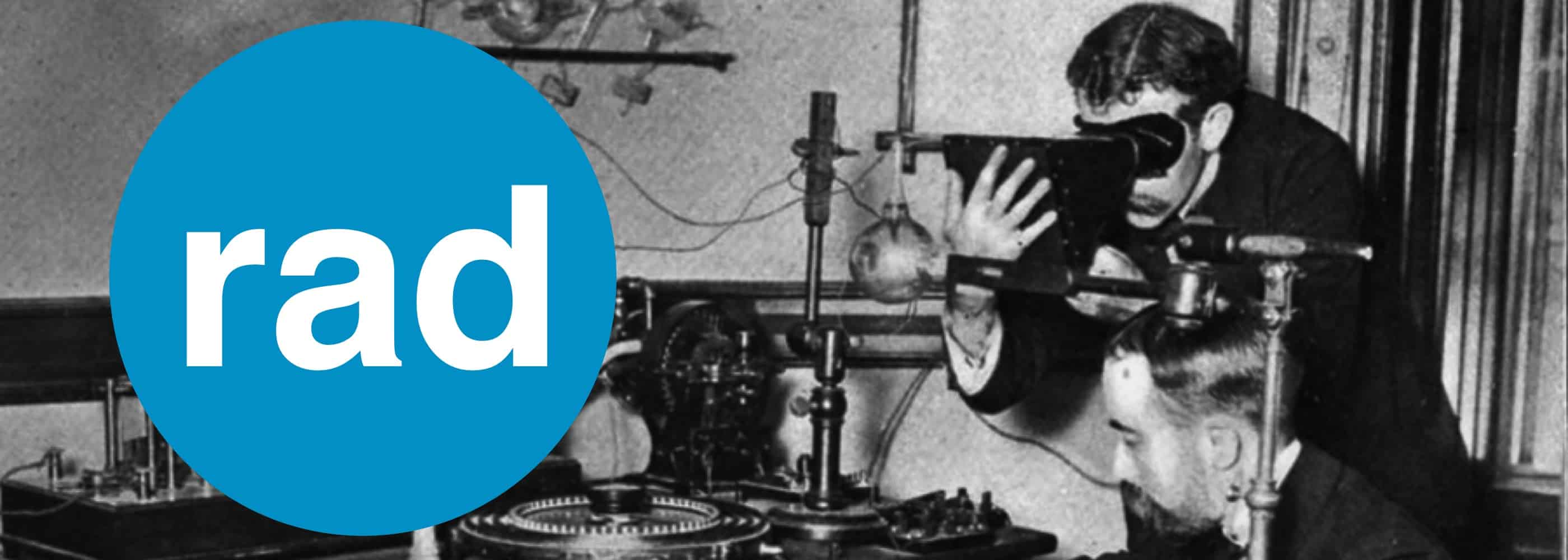By Drew Sullivan
65 year old female presents with a 2 week history of lower abdominal pain and dysuria. The patient is febrile (38.1 degrees). Her vital signs are: HR 104bpm, BP 130/80mmHg, 18 breaths/min, 98% on room air. She has a markedly tender lower abdomen.
A CT Abdomen and Pelvis is performed with IV and oral contrast. Review the scan and identify the primary pathology which explains the patient's symptoms. What is the likely cause of this problem?
The significant abnormality in this scan involves the bladder. There is bladder wall thickening, most marked on the lateral aspect where it measures up to 20mm. Additionally, there is significant perivesical stranding and gas within the bladder lumen and wall. The kidneys are normal in appearance. There is no evidence of diverticular disease involving the adjacent sigmoid colon.
These radiological features are consistent with anaerobic cystitis.
Incidentally, did you note the surgical staple line along the stomach wall?

























